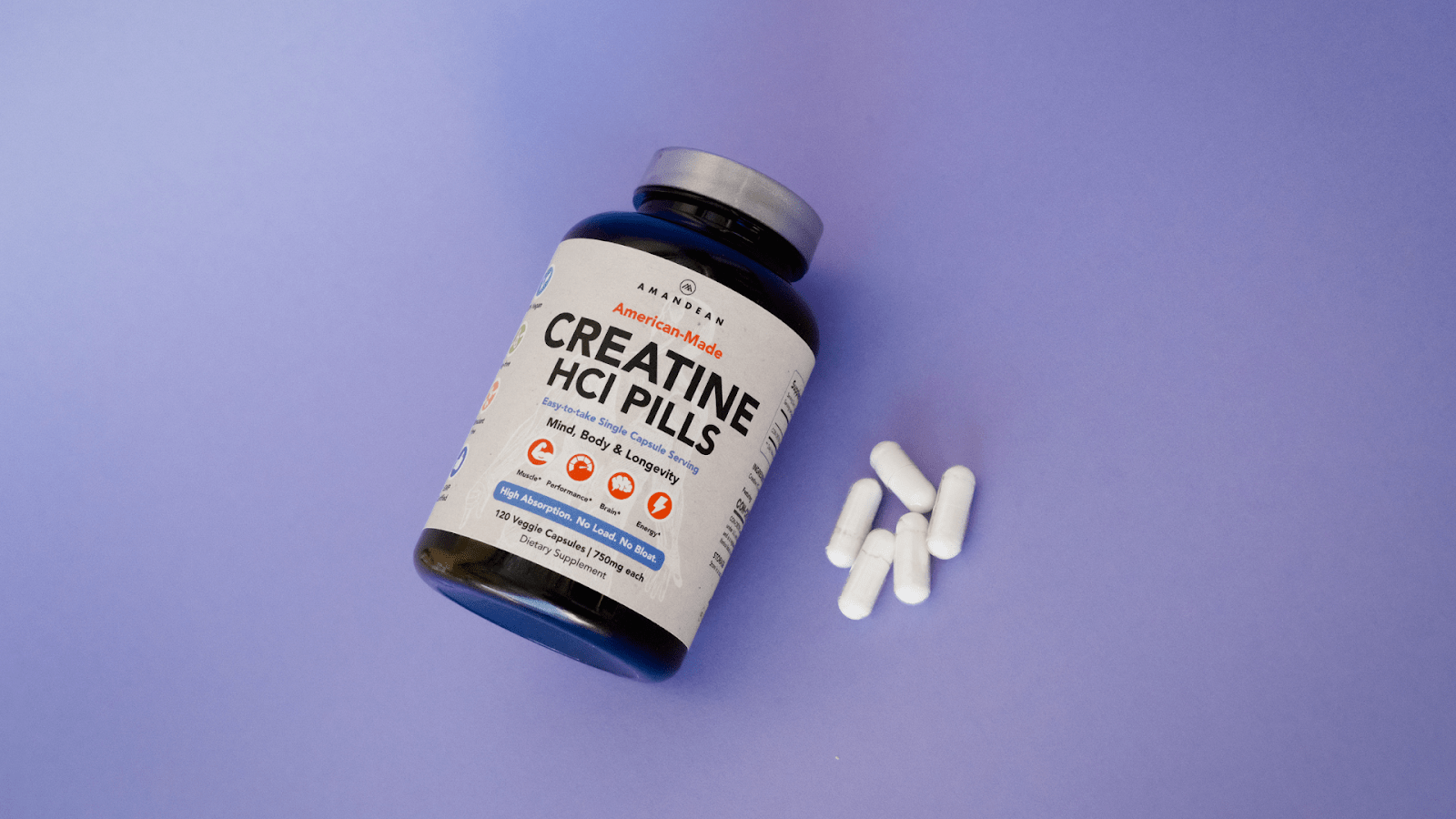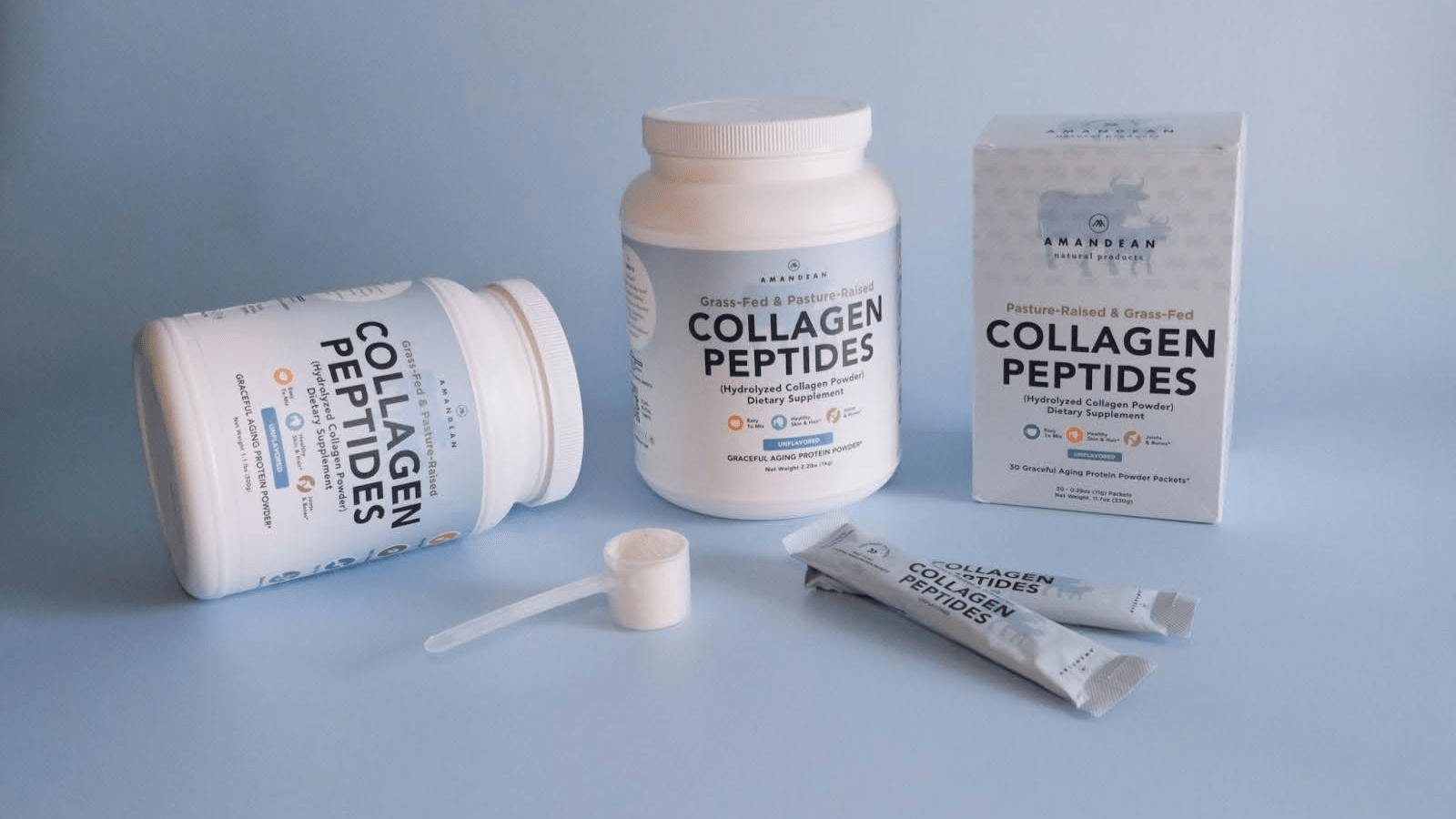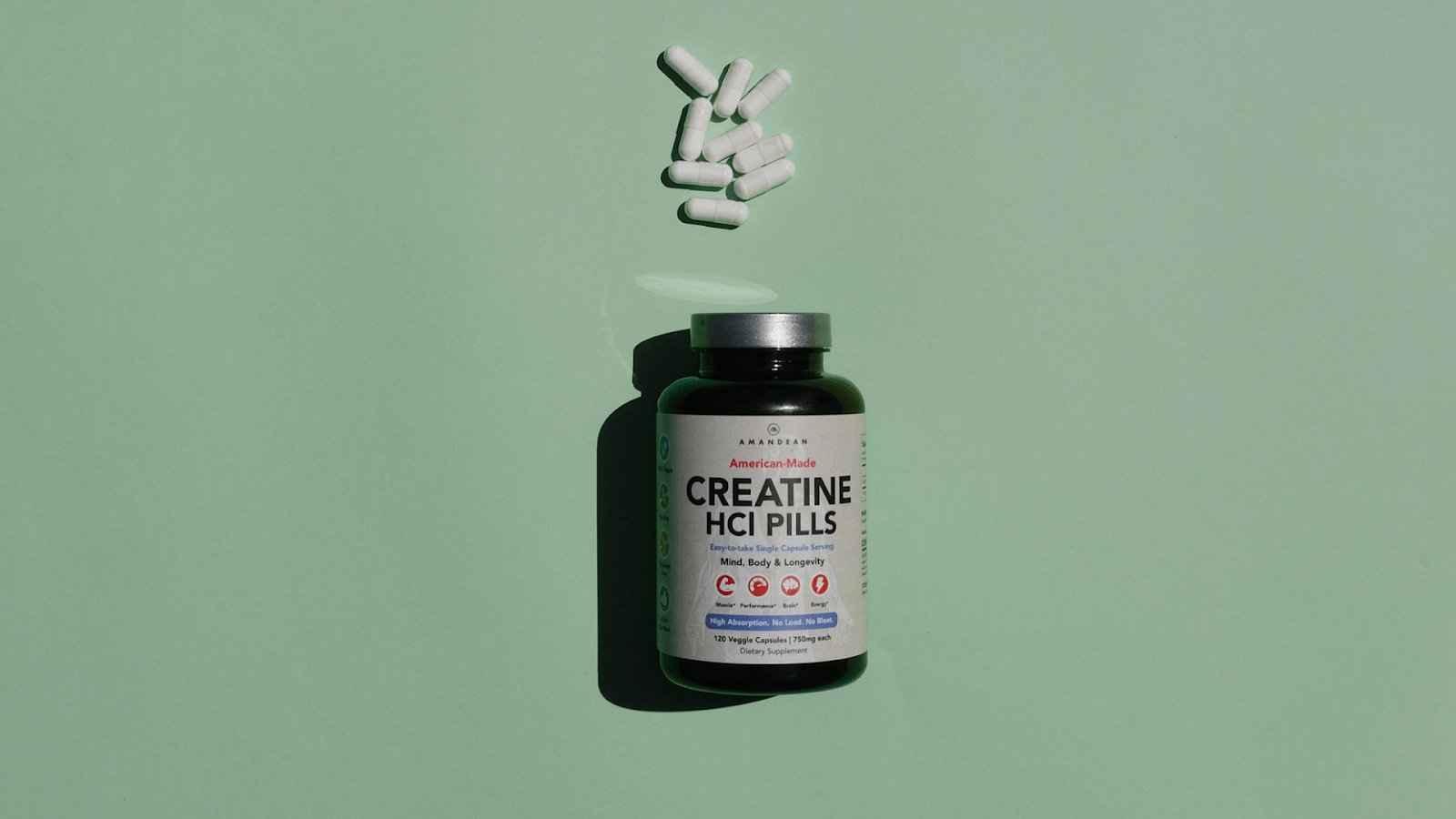Your Cart is Empty

February 20, 2019 6 min read
Photo credits: forksoverknives.com
An overflow of progress & innovation in wellness products and supplements in recent years may be enough to make your head spin. Last time I checked, we weren’t all fluent in science to know the difference between hype and the real deal. But if you’re feeling overwhelmed by the burden of choice, you’re not alone. There are thousands ofnutritional supplements, most of which claim to have an almost magical or miraculous effect on your health, your skin, and your life. To make matters worse, with every new trend you hear about, you’ll read that this new supplement is exactly what you’ve been missing for optimal health!Sound familiar?!
Let us give you a little advice about where to start: Your focus should begin with safety. Supplements that make the “final cut” should be cherry-picked when it comes to criteria such as the quality of their ingredients and their safety standards - ignore the flashy ads. Finally, when it comes to marketing, look for brands that talk about specific health benefits and quality. These are what high-quality nutrition brands can brag about.
The good news is that you don’t have to be a pharmacist in order to determine the quality of a product, and you don’t have to be a marketing expert to see through the marketing gimmicks and trends. Most of us have better BS filters than we think. Today, we will focus on the most important aspects of supplement safety and the key characteristics that determine the quality that will help to make your shopping much easier!
Let’s start with the more complex aspect of product safety and purity evaluation: scientific testing. One of the most important indicators of the ingredient quality in a supplement is the Certificate of Analysis, a document attesting that a certain product is in accordance with its product specification. This document confirms the quality claims as a result of quality control, which is usually performed on a randomly-selected single batch of a brand’s product.

Photo credtis: 28bysamwood.com
The quality control process is continued in Current Good Manufacturing Practice (CGMP) facilities, which further tests for heavy metals and microbial counts. When it comes to CGMP, the testing in these facilities is based on strict regulations concerning the control of manufacturing processes and facilities, as well as adequate design. CGMP is the primary standard when it comes to pharmaceutical quality, ensuring that the product has been manufactured in good conditions and that the equipment, professional staff, and operating procedures have all been carefully selected. According to the FDA, the testing performed at these facilities is a guarantee that the tested products meet their quality standards.
When it comes to Amandean products, it is important to state that every ingredient comes with a Certificate of Analysis, while supplements are further tested through CGMP facilities certified by NSF (National Sanitation Foundation), in addition to UL (Underwriters Laboratories), NPA (Natural Product Association), QAI (Quality Assurance International), and NOP (National Organic Program) certifications.
Are you one of those people who throw out the instructions of IKEA furniture before assembling it? Don’t do that when it comes to your health! It is of utmost importance to read the label (it’s always worth the time) and use care to evaluate ingredients and use. According to Label Calc, there is a significant difference between a nutrition label and a supplement label, as these differences are regulated by law. For instance, nutrition labels will not indicate the source or the specific part of the plant from which an ingredient was derived, while a supplement label should incorporate these details in full.

When it comes to the list of ingredients, always look for the Supplement Facts box, which lists by law all the ingredients present in a particular supplement. While other parts of the label may leave some room for marketing fluff, the list of ingredients is an accurate representation of the supplement formula and all its elements.
You want to choose supplements from clean or singular sources whenever possible and, avoid a long list of additives and processed ingredients which could do more harm than good when it comes to your body and your health goals. For instance, Amandean’snon-GMO Grass-Fed Collagen Peptides are single-sourced, which means that this premium collagen is sourced from 100% pasture-raised cows. In fact, we even tell you that the cows are from South America. Therefore, you should aim for a simple structure in a supplement - as natural as possible is the way to go.
Considering the fact that Amandean collagen is 100% pure hydrolysate, it preserves all of its valuable elements during processing, including 18 amino acids, the most prominent ones being glycine and proline. According to a study on beneficial effects of collagen, collagen hydrolysate has been found to enhance antioxidant capacity, potentially reduce the risk of cardiovascular conditions, have an anti-aging on the skin, as well as offers anti-inflammatory properties that support wound healing.
For ingredients to be considered safe in a supplement, we first have to examine their source. As far as dietary supplements are concerned, the emphasis should be on natural sources (rather than synthetic) and should be as “clean” as possible. When it comes to our all-natural Collagen Peptides, they have been sourced from pasture-raised, grass-fed South American cattle, while ourFish Collagen Peptides powder comes from asustainable marine source: wild-caught cod from the North Atlantic. In order to get the most out of your supplement and prioritize top quality ingredients, you should also choose labels which boast a product that is non-GMO, fat-free, gluten-free, and soy-free. Even if you don’t have any known reaction to soy, for example, a minimal number of ingredients is always best.

While quality ingredients and their source are the most prominent characteristics to look for, the processing techniques do largely affect the quality of a supplement. When it comes to hydrolyzed supplements, such as Grass-Fed Collagen Peptides powder, Health Line suggests that this form of processing allows for the body to absorb the nutrient more efficiently since it is broken into small particles. So basically,hydrolyzation = greater bioavailability for the end consumer. Furthermore, liposomal encapsulation technologyrevolutionized the dietary supplement space by making certain that nutrients were delivered directly to the cells that need them most. Before liposomal delivery, nutrients were more likely to be damaged in the digestive tract and very little would actually be absorbed by the cells. A study on the liposomal-encapsulated ascorbic acid confirmed that Liposomal Vitamin C allows for higher bioavailability of the vitamin, as opposed to traditional vitamin C supplementation by way of tablets, capsules, or powders.
So far we’ve discussed safety parameters of supplements you can identify through labeling, but how can you tell if you need a certain dietary supplement at all? You don’t have to do all the research! Many of us wait until we have a chronic health issue to take action. While many supplements are highly beneficial to your health, you should definitely bring up the topic of desired supplements at your next doctor’s appointment. A professional will be able to adequately address all your doubts and concerns when it comes to what might work best for you and what to avoid given your current state of health.
When considering the addition of a new dietary supplement with your doctor, you should inform them of all the supplements and medication you’re already using, in order to avoid negative interactions. (yes, as beneficial as they may be, some supplements just shouldn’t be taken together or mixed, and you can read all about supplement combinations that cause problems here).
Finally, if you have any questions regarding the ingredients of a supplement you’re taking or considering, sources, possible interactions or testing, please do not hesitate to contact the brand you’re interested in. Amandean is happy to answer your queries anytime you have them. Also, make sure to check out our online store for all-natural, quality supplements you can trust.
Take our quiz and find which supplements your body is craving.


October 17, 2025 8 min read
Find out why creatine is better for vegans! Boost your wellness game and unlock peak performance with Amandean's premium supplements today.

October 16, 2025 7 min read
Learn whether collagen in coffee is just another wellness fad. Examine the facts, benefits, and how to use collagen in coffee for beauty and joint support.

September 22, 2025 9 min read
Unlock the full benefits of creatine for women. Boost energy, beauty, and brainpower with Amandean’s clean formulas.